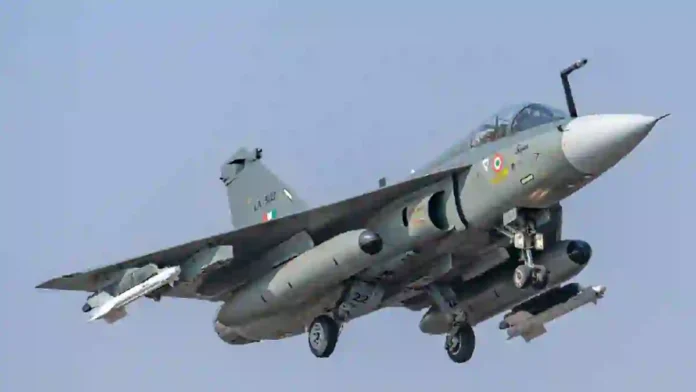HAL is making significant strides in the production of the TEJAS MK-1A aircraft, with the new production line in Nashik expected to be fully operational by the first trimester of 2025. This facility will enhance HAL’s production capacity, allowing for an annual output of eight additional TEJAS MK-1A jets, thereby increasing the total production to 24 jets per year across its three lines, including the existing facilities in Bangalore.
Current Status of The Nashik Plant
Infrastructure Development: The Nashik plant is rapidly progressing towards full operational status, with infrastructure setup and machinery installation nearing completion. The facility is expected to be ready by early 2025, with specific timelines for deliveries to be clarified by April 2025.
Once operational, the Nashik line will produce eight TEJAS MK-1A aircraft annually, contributing to a total planned output of 24 jets per year from all facilities by 2025-26. HAL aims to increase this production rate to 30 jets per year in the future, contingent on streamlining supply chains.
Production Timeline And Challenges
The initial assembly at the Nashik facility is anticipated to begin in December 2024, with the first aircraft expected to roll out by March 2025. However, delays have been encountered primarily due to supply chain disruptions, particularly in securing F-404 engines from General Electric (GE) Aerospace. These delays have pushed back the rollout schedule, which was originally planned for November 2024.
HAL aims to deliver a total of 83 TEJAS MK-1A jets to the Indian Air Force (IAF) by 2028, with the first delivery now targeted for November 2024 instead of February 2024 as initially planned. The IAF has expressed urgency regarding these deliveries due to existing shortages in its fighter squadron strength.
Read- 2024 Busy Tech Boost Year For DRDO: Game Changing Missile Launches Accomplished
Features of The TEJAS MK-1A
The TEJAS MK-1A represents an advanced version of the original Tejas fighter jet, featuring several critical upgrades:
Avionics and Radar: The MK-1A is equipped with enhanced avionics, including an Active Electronically Scanned Array (AESA) radar, which significantly improves its combat capabilities.
Electronic Warfare Systems: Upgraded electronic warfare systems are integrated to enhance survivability in hostile environments.
Maintenance Efficiency: The aircraft is designed for reduced turnaround times for maintenance, which is vital for operational readiness.
Challenges And Future Outlook
The production of the TEJAS MK-1A has faced delays primarily due to supply chain issues related to engine procurement from the United States. However, HAL is committed to ensuring that its production infrastructure remains on schedule to mitigate further delays once these issues are resolved.
The Indian Air Force (IAF) has placed a substantial order for 83 TEJAS MK-1A fighters, valued at approximately ₹48,000 crore. Deliveries are expected to begin in early 2024 and continue through 2028. Additionally, the IAF has plans to procure an additional 97 units of the Mk1A variant, further emphasizing the strategic importance of this aircraft in bolstering India’s aerial defence capabilities.
HAL’s Nashik plant is on track to significantly contribute to India’s defence manufacturing landscape with the upcoming production of TEJAS MK-1A jets, enhancing both quantity and quality of indigenous fighter aircraft available to the IAF.
Agencies




